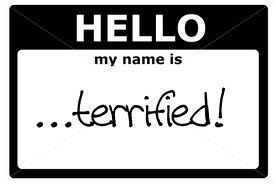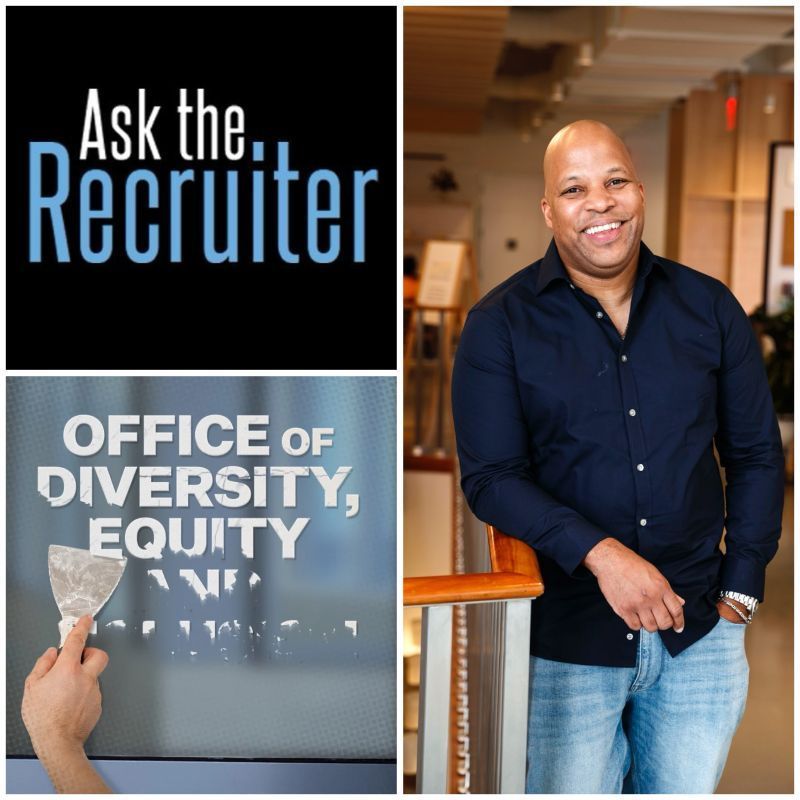Is the fear of networking killing your job search?

By: Kenneth L. Johnson
A recent study reports that nearly 50% of HR Managers predict that resumes will be a thing of the past and be replaced by social-networking profiles and personal websites. When Talent Acquisition Professionals see a candidate of interest, most immediately conduct a Google and LinkedIn search to gather additional information prior to establishing contact.
Proof exist that “Networking” is the most effective way to land a job but the online component of career search seems to be as common an option as ever for millions of career seekers. We facilitate weekly Sessions and Job Clubs at East Coast Executives, Inc. and there remains an abundance of job seekers that devote the majority of their time utilizing online tools for job search. So here are the Top 5 Ways to Land a Job Online.
1. LinkedIn: 94% of Recruiters are on LinkedIn. If you want hired, hang out where the hiring influencers hang out. Period!
2. The Job Boards: 2014 marked the 20 year anniversary of the Job Board. In 1994 Robert J. McGovern began NetStart Inc. as software sold to companies for listing job openings on their websites and manage the incoming e-mails those listings generated. NetStart later became CareerBuilder and the rest is job search history. Even though reports indicate that only 4%-10% of people find positions on job-boards, job seekers continue to flock to them daily.
3. Conduct a Social-Media Scrub: As I mentioned, Recruiters and Hiring Managers are using Google online search tools to learn more about their potential employees. A bad hire is a costly mistake and any information that comes across as risk-associated may be the small thing that removes your resume from consideration. Remove and/or suppress all images and information that may be less than desirable to a potential employer immediately.
4. Twitter: The key to a successful job search is “great information”. Twitter is an excellent tool for career search. It provides a platform for you to receive up to the minute information on job openings. It also allows you to connect with company representatives and gain a glimpse of the company culture as they post relevant information online. Use the hashtags (#) to identify conversations and information relevant to a specific career interest. Example #NYCJobs will provide you with job openings and relevant job leads in New York City.
5. The Word Cloud: So you’re wondering what a word cloud is? By definition it’s an image composed of words used in a particular text or subject, in which the size of each word indicates its frequency or importance. If used correctly in your job search, it’s the way to Search Engine Optimize (SEO) your resume to make it Applicant Tracking System (ATS) friendly and get you selected for a phone screen or interview. Visit wordle.net or WordItOut.com and give your resume an ATS makeover.
Thank you for reading our content on the East Coast Executives Blog!















